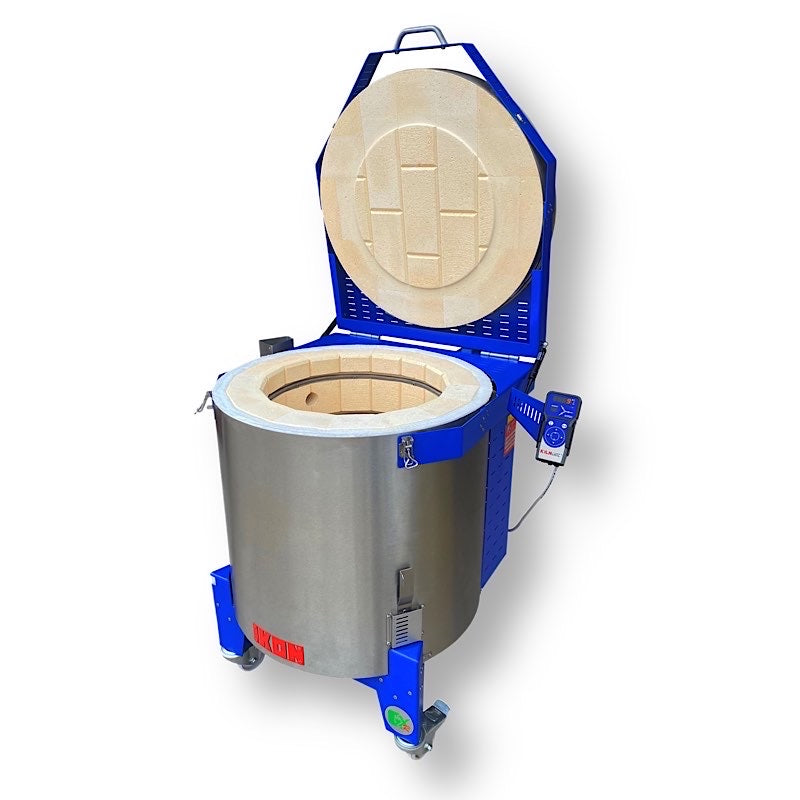Building your dream home pottery studio setup
Most potters begin their journey at a commercial studio. This is a great way to learn, meet like-minded people and dip their toes into the art without many start-up costs. However, lots of people are beginning to find joy in having a personal space in their home where they can work on their creations. Being able to just start creating whenever you feel like it is a fantastic feeling (as we all know, creating art is a very relaxing and meditative experience).
The journey from deciding that you want a dedicated home pottery room to sitting in completed home studio can seem a bit daunting to some people. Therefore, we have created this ultimate guide to give you a clear picture of the exact steps you need to take to get you there.
NOTE: If you'd like us to take care of this for you, we now offer a Garden Pottery Studio Design and Build Service, where we will build you a bespoke fully kitted out garden pottery studio.
Jump to section:
2. Pick a Room
5. Plan Storage













